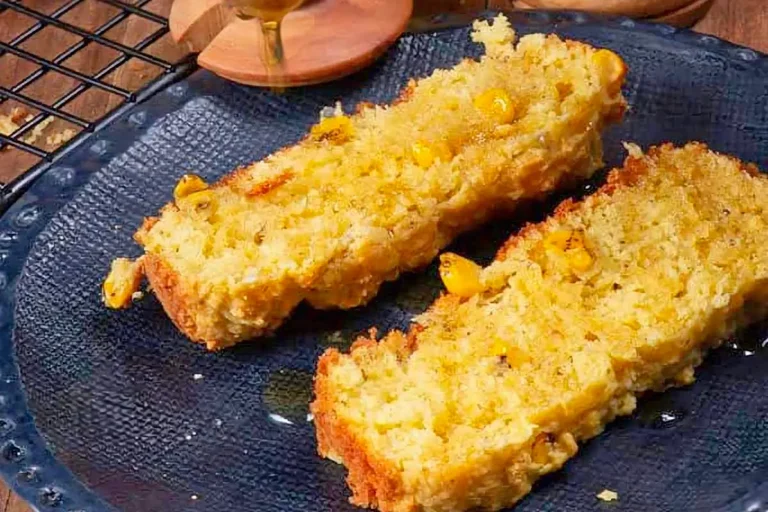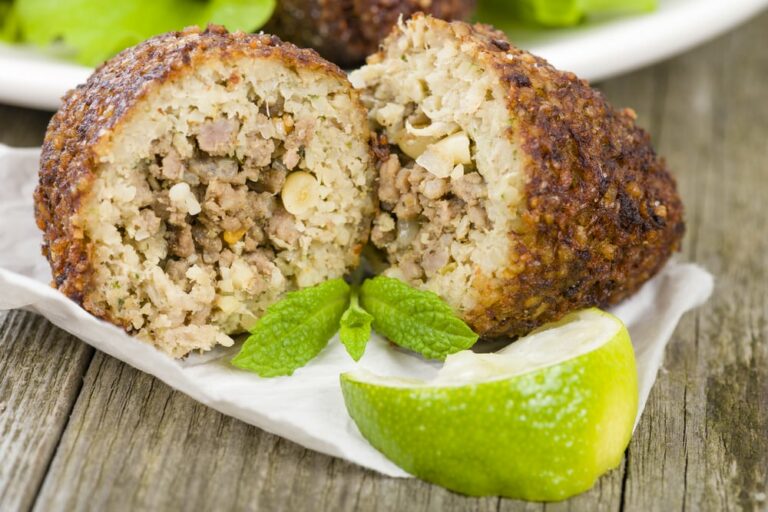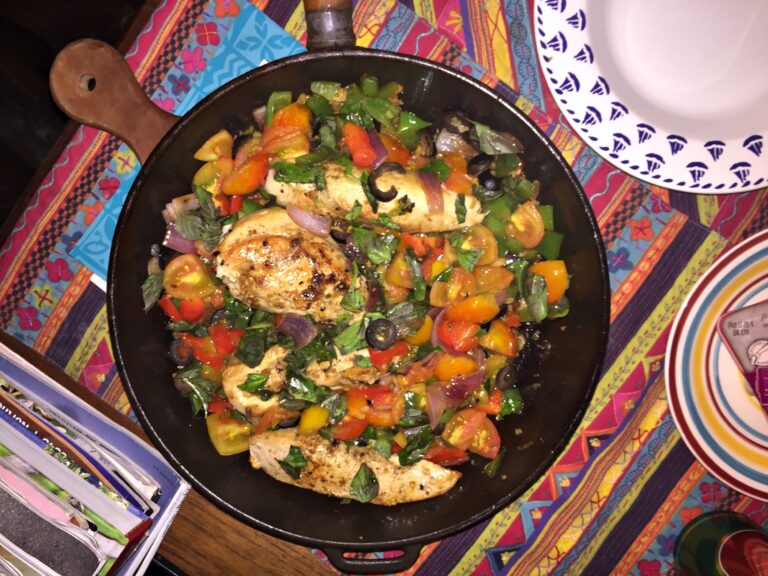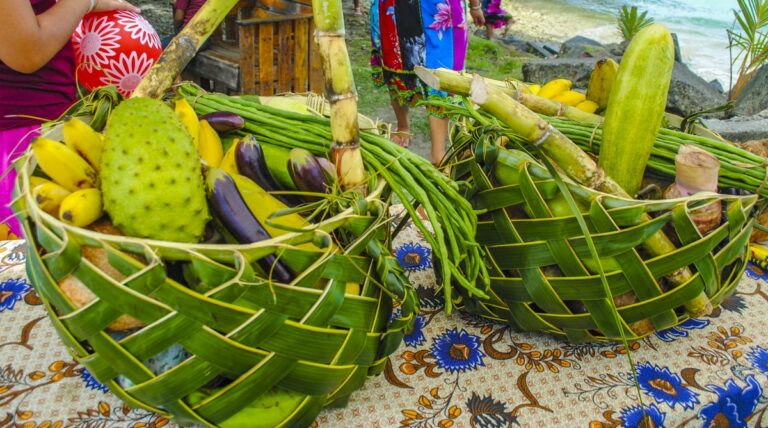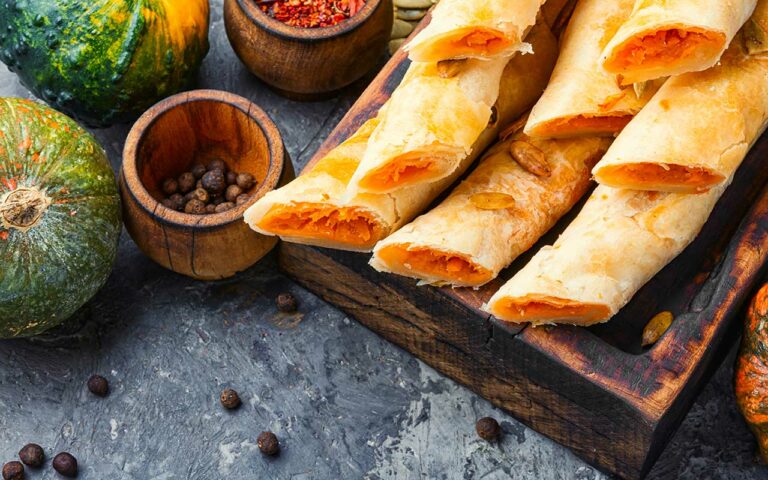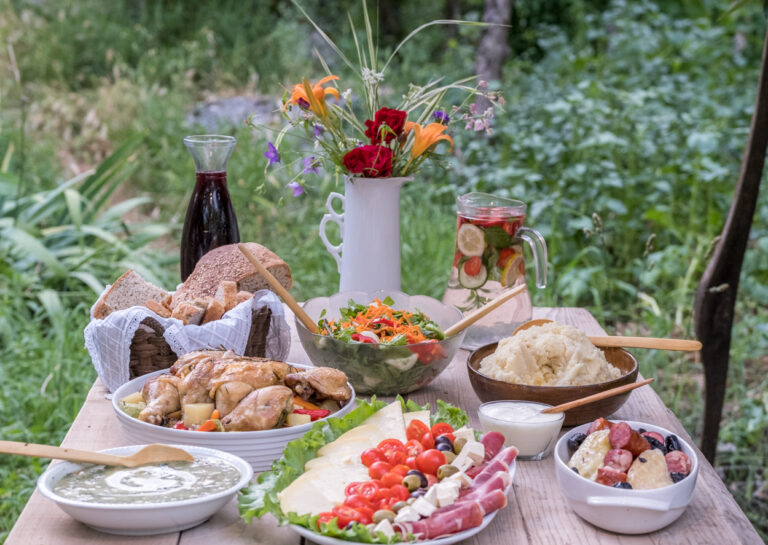Introduction: Exploring Eswatini’s Food Culture
Eswatini, formerly known as Swaziland, is a small landlocked country in Southern Africa with a rich cultural heritage. Food is an important aspect of this heritage and plays a significant role in Swazi customs and traditions. The cuisine of Eswatini is a blend of indigenous and colonial influences, with a focus on local ingredients and simple preparations.
Traditional Foods of Eswatini: What’s on the Menu?
Eswatini’s traditional cuisine is largely based on a few staple foods that have been cultivated by the Swazi people for centuries. Maize, or corn, is the country’s most important crop and is used to make a variety of dishes, including porridge (pap), bread (bota), and beer (umcombotsi). Other staples include sorghum, beans, and groundnuts. Meat, usually beef, goat, or chicken, is a popular protein source and is often grilled or stewed with vegetables like pumpkin and spinach. Traditional dishes like sihlaka (maize and bean stew), umncweba (dried meat), and umqusho (maize and bean soup) are still enjoyed by many Swazi people today.
Cultural Significance of Food in Eswatini
Food is more than just sustenance in Eswatini; it is a symbol of cultural identity and social status. Traditional foods are often served at weddings, funerals, and other important ceremonies, and are a way of honoring the past and connecting with one’s ancestors. Sharing food is also an important part of Swazi hospitality, and guests are often greeted with a meal or snack upon arrival.
Unique Ingredients Used in Eswatini’s Cuisine
Eswatini’s cuisine is characterized by the use of locally-sourced ingredients and simple preparations. Some of the unique ingredients used in Swazi cooking include morogo (wild spinach), amasi (sour milk), and marula fruit, which is used to make a popular alcoholic drink called ubushayeni. The Swazi also use a variety of aromatic herbs and spices, such as coriander, cumin, and ginger, to add flavor to their dishes.
Festivals and Celebrations: Food Traditions in Eswatini
Eswatini’s calendar is filled with cultural festivals and celebrations, many of which involve food. The annual Umhlanga or Reed Dance is a prime example, where young women from across the country gather to celebrate their virginity and present reeds to the queen mother. During this festival, traditional foods like sihlaka and umncweba are served to participants and visitors alike.
Dining Etiquette: Customs to Know When Eating in Eswatini
When dining in Eswatini, it is important to observe certain customs and traditions. It is customary to wash your hands before and after eating, and to use your right hand to eat (the left hand is considered unclean). It is also polite to wait for the host to start eating before beginning your meal. In some rural areas, it is still customary to eat from a communal plate and to share food with those around you.
Contemporary Food Trends in Eswatini
While traditional foods remain popular in Eswatini, there are also a growing number of contemporary food trends emerging in the country. Fast food chains and international cuisine are becoming more common in urban areas, and there is a growing interest in organic and locally-sourced foods. Some Swazi chefs are also experimenting with fusion cuisine, blending traditional ingredients with international flavors.
Conclusion: Appreciating Eswatini’s Rich Food Culture
Eswatini’s food culture is a reflection of its history, traditions, and natural resources. While the country’s cuisine has evolved over time, traditional foods and customs remain an important part of Swazi identity. By exploring Eswatini’s food culture, visitors can gain a deeper appreciation for the country’s rich heritage and the role that food plays in Swazi life.

